Meditation at Schools Can Benefit Both Learning and Behavior
 The McKinley-Brighton Elementary School in Syracuse, New York, is experiencing positive results on student behavior and learning from a daily 30-minute opening period of meditation and mindfulness, and the establishment of a “mindful room” for students who are acting out. Read more ›
The McKinley-Brighton Elementary School in Syracuse, New York, is experiencing positive results on student behavior and learning from a daily 30-minute opening period of meditation and mindfulness, and the establishment of a “mindful room” for students who are acting out. Read more ›


 Educators are increasingly recognizing that
Educators are increasingly recognizing that 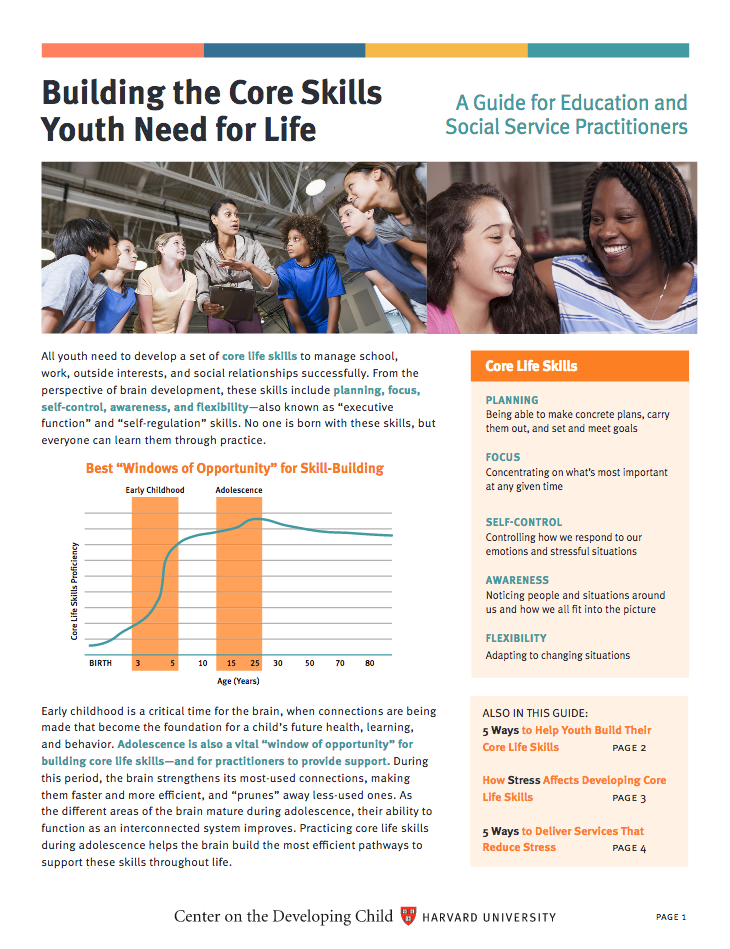
 All youth need to develop a set of
All youth need to develop a set of 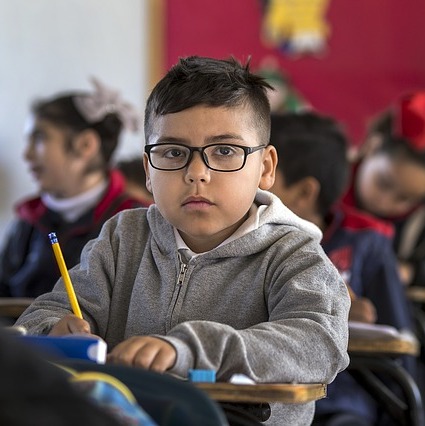
 Dysgraphia
Dysgraphia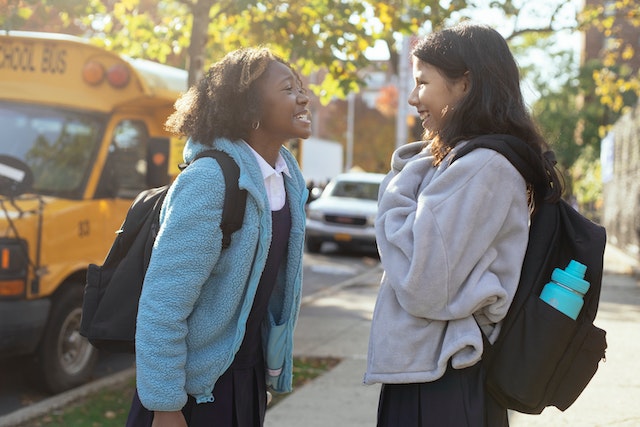
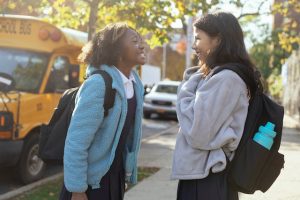 When students feel safe at school, they can thrive.
When students feel safe at school, they can thrive. 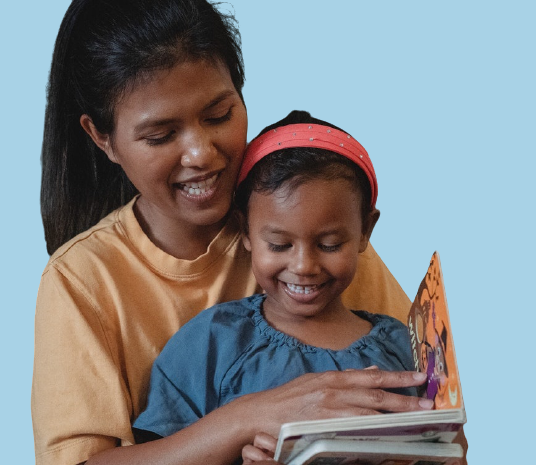
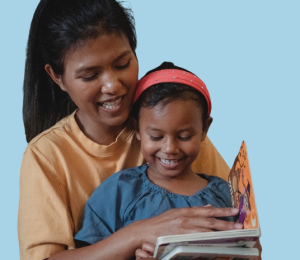 A simple way to let students and families know that your school welcomes everyone is to integrate books into your curriculum that reflect the diversity of your classroom and the world.
A simple way to let students and families know that your school welcomes everyone is to integrate books into your curriculum that reflect the diversity of your classroom and the world.
 A new game developed by
A new game developed by 
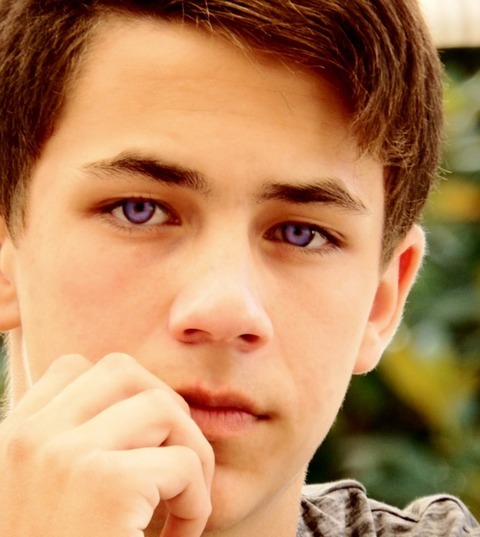
 A new study finds that when students experience an academic setback such as a bad grade, the amount of cortisol—the so-called stress hormone—in their bodies typically spikes. For most students it drops back down to normal levels a day later, but for some it stays high. These students remain fixated on the setback and have difficulty moving forward.
A new study finds that when students experience an academic setback such as a bad grade, the amount of cortisol—the so-called stress hormone—in their bodies typically spikes. For most students it drops back down to normal levels a day later, but for some it stays high. These students remain fixated on the setback and have difficulty moving forward. 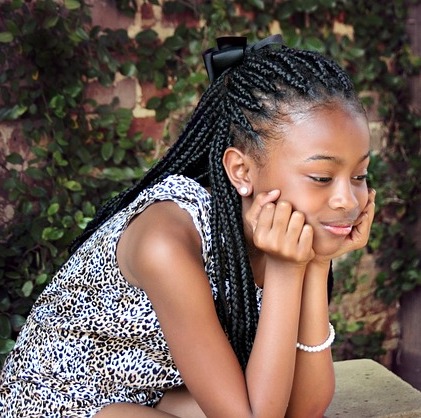
 In every classroom, teachers try to engage students who have a variety of temperaments: extroverts, introverts and ambiverts. They work with children who crave sensory stimulation and with those who are
In every classroom, teachers try to engage students who have a variety of temperaments: extroverts, introverts and ambiverts. They work with children who crave sensory stimulation and with those who are 

